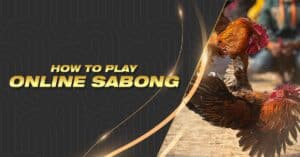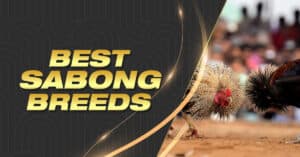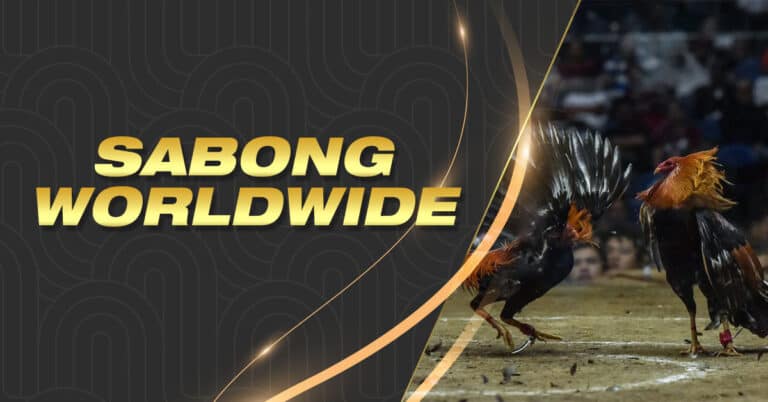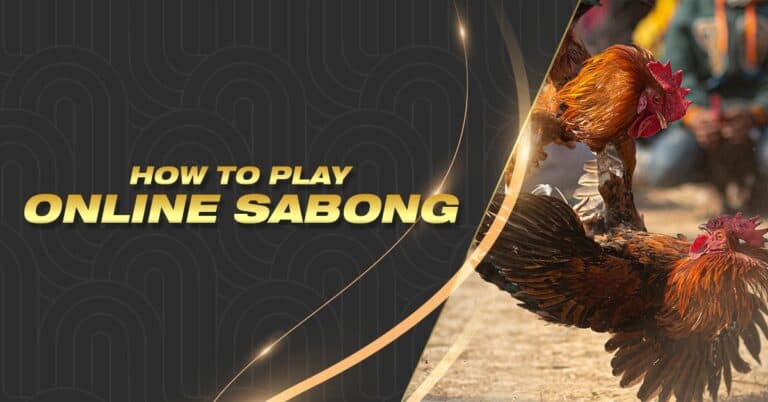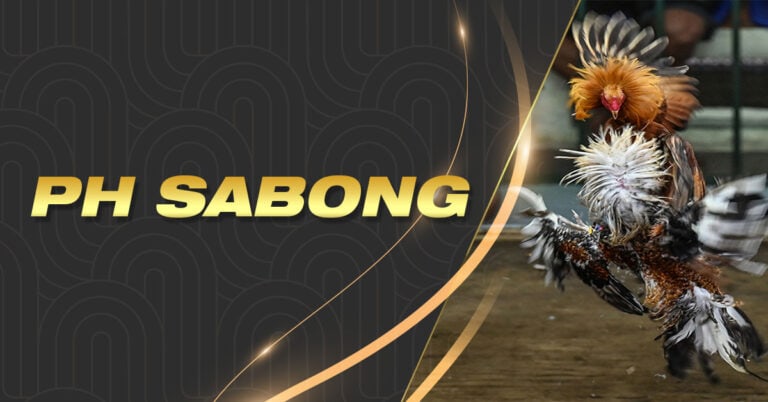Explore Best Sabong Breeds for Cockfighting with Sabong International
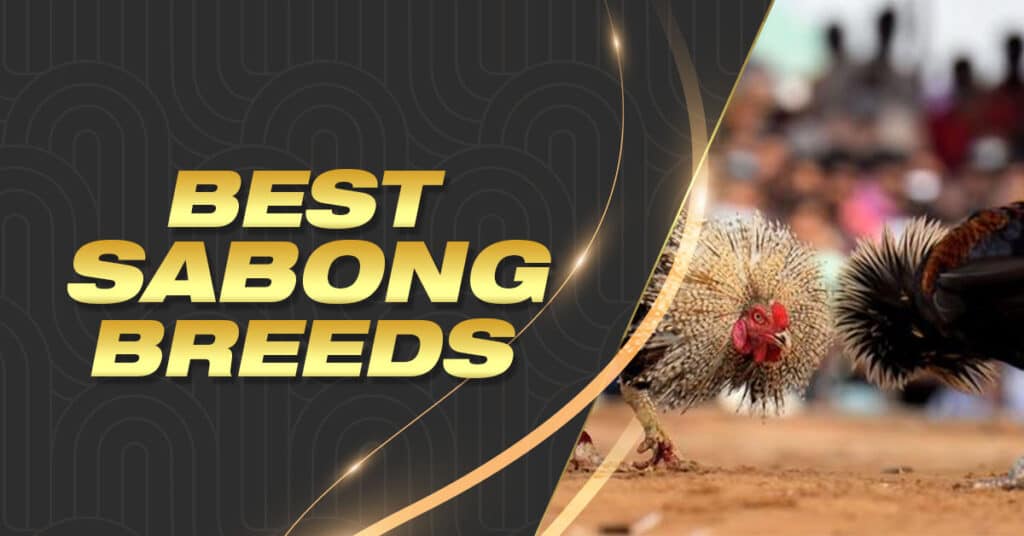
Cockfighting is a centuries-old sport that demands more than just any ordinary rooster. To succeed in this intense arena, breeders meticulously craft their roosters, enhancing their aggression, stamina, and strength. These finely-tuned gamecocks are the result of a deep understanding of their qualities, lineage, and environment. When you enter the world of sabong with Sabong International, knowing the top breeds can be the difference between victory and defeat. In this article, we’ll explore the leading sabong breeds, their characteristics, and the strategies that can help you triumph in online sabong wagers.
Qualities of an Exceptional Sabong Rooster: Best Sabong Breeds
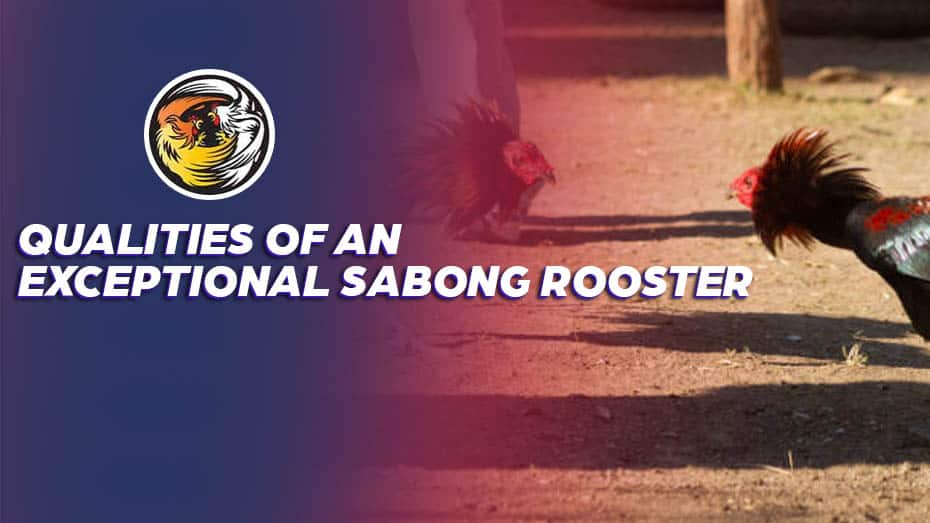
Experienced cockfighters and skilled breeders focus on identifying roosters with the highest potential. Gamefowls, the breeds specially bred for combat, exhibit early signs of their fierce temperament. To prevent conflicts among these fiery roosters, breeders separate them from the rest and provide specialized care. Several factors play a crucial role in shaping the character of a top gamefowl:
While a perfect gamefowl breed may be elusive, breeds that consistently produce champions across numerous matches have a higher chance of continued success. However, even the most esteemed breed can falter if not nurtured and trained adequately.
Leading Sabong Breeds Today
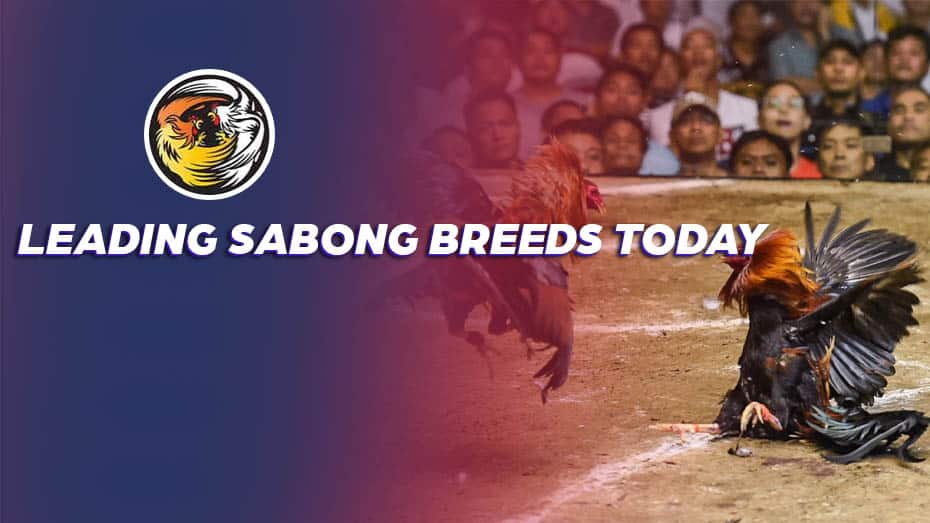
Asil
The Asil breed is a long-standing favorite in the realm of gamefowl. Originating from India and Pakistan, these roosters boast distinguishing features such as black and red plumage, a muscular build, broad shoulders, and a unique small beak. Asil roosters are known for their potent attacks, inflicting harm solely with their bare heels. Equipped with blades, their performance can reach even greater heights. Weighing approximately 1.8 to 2.7 kilograms, Asil roosters are categorized as small to medium breeds in cockfighting.
Kelso
The Kelso breed, devised by Walter Kelso, emerges from years of strategic crossbreeding. Despite initial failures, one Kelso offspring’s triumph in 1951 led to a line of successful contenders. Kelso fowls sidestep attacks in the air, exhibiting remarkable intelligence. While some argue that purebred Kelsos struggle in contemporary contests, crossbreeding aims to infuse their original combat style into new bloodlines. This process involves combining Kelsos with breeds like Hatches, Roundheads, Sweaters, and Lemons. Variations like White Kelsos are also in development. Kelso’s characteristics typically include black-breasted red plumage, white or yellow legs, and straight or pea combs.
Shamo
The Shamo, a Japanese breed, commands global respect as an exceptional fighting cock. Bred for unparalleled courage and ferocity, Shamo roosters possess distinctive traits such as long necks, legs, and muscular builds. Their robust agility and strength further contribute to their reputation. Crossbreeding Shamos has given rise to formidable offshoots, renowned for their dense feathers.
Hatch
Hatch Gamefowls, tracing back to the late 1800s, prevail in American fighting rooster circles. Recognized for speed, strength, and ground-based stamina, Hatch fowls are ideal for sabong matches. Modern Hatches showcase heightened intelligence, agility, and flight capabilities. Their signature characteristic is featherless yellowish-green legs, while they tend to be medium-stationed with pea combs. Hatch Twists, a subtype, introduces refinement through neck feathers with white or yellow hues.
Sweater
The Sweater breed, elevated by Carol Nesmith from less competitive stock, triumphs in derby matches across Mexico and the Philippines. Over time, evolution and crossbreeding transformed them into fast, high-flying, and ground-dominant contenders. Swift, persistent attacks make Sweaters formidable opponents.
Radio
Originating from J.D. Perry, the Radio breed is renowned for its speed and agility. These fowls possess a unique and sleek appearance, with black or dark plumage and white feathers on the back. Radios are often compact and agile, making them formidable adversaries in the ring.
Roundhead
With origins tracing to Ireland and England, the Roundhead breed is celebrated for its endurance and determination. Featuring a slender yet muscular build, round heads, and distinctive plumage colors, these roosters excel in both short- and long-distance fights.
Leiper
Developed by Dan Leiper, the Leiper breed is renowned for its tenacity and fighting spirit. Often featuring a distinctive lemon hackle coloration, Leipers possess a sturdy and compact build. Their aggressive nature and ability to adapt to various fight styles make them sought-after contenders.
Grey
The Grey breed, with its diverse origins and variations, is celebrated for its cunning and strategic approach to fights. Greys possess a mix of speed, agility, and intelligence, making them adept at both aerial and ground battles.
Brazilian
Originating from various South American countries, the Brazilian breed is prized for its combination of power and agility. Brazilian gamefowls feature a robust physique, bold plumage colors, and an unwavering fighting spirit that sets them apart in the arena.
Thai
The Thai breed, hailing from Thailand, is revered for its fierce and unyielding nature. These roosters exhibit an elegant appearance, with distinctive long necks, vibrant plumage, and a compact yet muscular build. Their fighting style emphasizes quick and precise strikes.
Muff
The Muff breed, originating from England, showcases a unique appearance with feathered legs and muffs around the head. Known for their clever tactics and resilience, Muffs often employ a strategic approach to combat, making them challenging opponents.
Maintaining Fighting Roosters
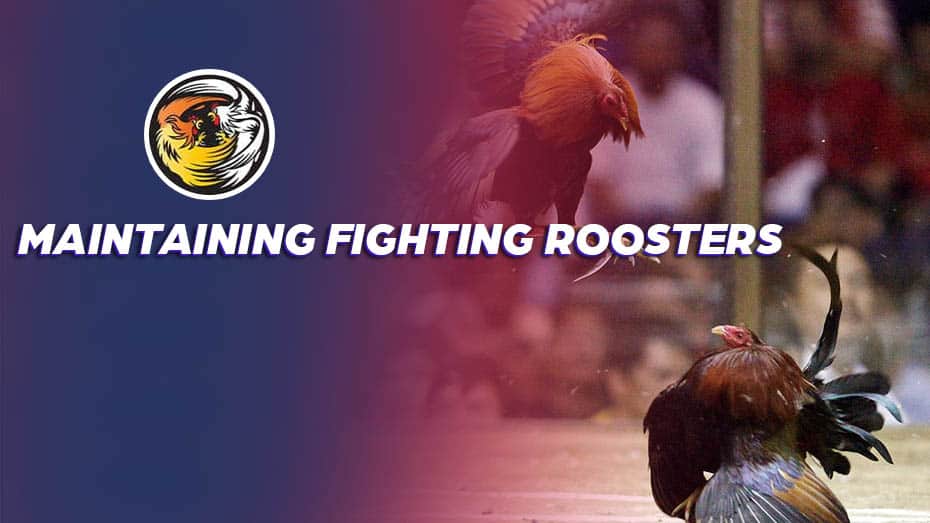
Nurturing and training fighting roosters demands meticulous care. Breeders focus on developing and crossbreeding specific breeds, constantly refining strategies in nutrition, vitamins, and breeding pairings. Essential practices include bacterial flushing, deworming, injectables administration, sparring, timely meals, and post-fight solitary rest.
Training Methods for Fighting Roosters
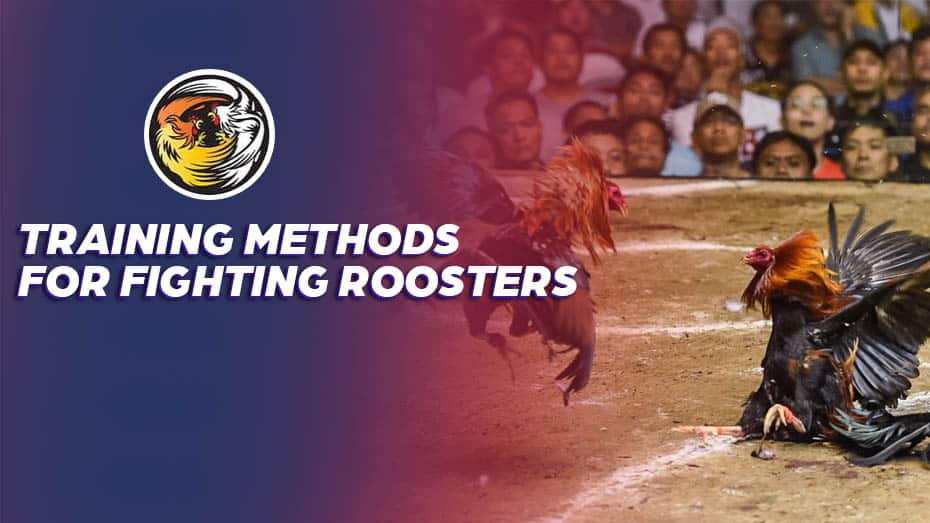
Preparation and training span several months leading to a match. Establishing authority over the rooster is key, ensuring compliance with commands. Roosters tend to become aggressive during mating season, necessitating careful handling to prevent pecking, chasing, and spurring. Early handling of chicks simplifies raising and training, as conditioning them from an early age fosters obedience. Essential principles in training include asserting authority, readiness, respect, providing space, and using deterrents.
FAQs
Conclusion
Gamefowls exhibit distinct strengths and weaknesses, and certain breeds tend to outshine others. Presently, Sweaters boast one of the highest global victory rates, despite previously being considered among the inferior breeds. The trajectory suggests that what are currently esteemed breeds might lose their effectiveness in competitive matches, while other breeds could rise in prominence, thanks to the contributions of skilled breeders, such as those involved in Sabong International.


